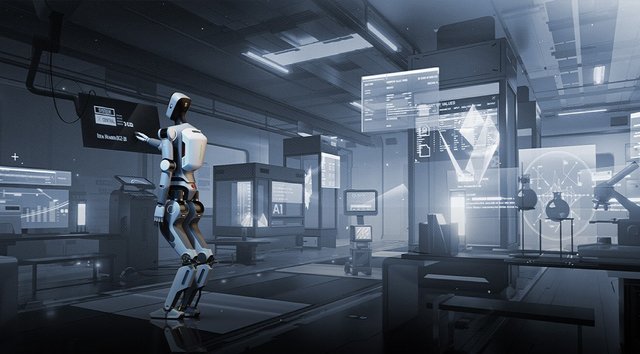Robotic companies positioning themselves in the market
Robotic companies positioning themselves in the market

With 5,000 humanoid robots capacity.
The main competitor to Elon Musk's Optimus.

Wide range for different scenarios.
Follow my publications with the latest in artificial intelligence, robotics and technology.
If you like to read about science, health and how to improve your life with science, I invite you to go to the previous publications.
If you like to read about science, health and how to improve your life with science, I invite you to go to the previous publications.